Evolución de la Ortoqueratología
Palabras clave:
Orto-k, Miopía, Córnea, Nocturna, Acomodación, Sensibilidad al ContrasteResumen
Relevancia: Con este artículo se pretende analizar cómo ha evolucionado esta técnica, como afecta a la morfología corneal y por tanto a valores como sensibilidad al contraste, aberraciones y acomodación. La efectividad para el control de la miopía y las posibles complicaciones que se puedan presentar.
Resumen: La ortoqueratología es una práctica aprobada por la FDA, según este organismo “la ortoqueratología es una lente adaptada de material RGP que cambia la curvatura de la córnea temporalmente mejorando la habilidad del ojo para ver objetos”. En la ortoqueratología (orto-k) como bien dice la definición arriba mencionada se utiliza una lente RGP, en cada laboratorio hay uno o más modelos de este tipo de LC, en función de la morfología corneal inicial. Existen modelos para córneas con miopía moderada, alta, para astigmatismo y para córneas operadas de miopía.
Referencias
Grant SC. Orthokeratology. Surv Ophthalmol. 1980 Mar;24(5):291–7.
Safir A. Orthokeratology. Surv Ophthalmol. 1980 Mar;24(5):298–302.
Nichols JJ, Marsich MM, Nguyen M, Barr JT, Bullimore MA. Overnight Orthokeratology. Optometry and Vision Science. 2000 May;77(5):252–9.
Sima J, Zhou J, Luo Z, Chen R. [Result of orthokeratology for treatment of young people with myopia]. Yan Ke Xue Bao. 2000 Jun;16(2):149–52.
Lee TT, Cho P. Discontinuation of orthokeratology and myopic progression. Optom Vis Sci [Internet]. 2010 Dec;87(12):1053–6.
Chan KY, Cheung SW, Cho P. Orthokeratology for slowing myopic progression in a pair of identical twins. Cont Lens Anterior Eye [Internet]. 2014 Apr;37(2):116–9.
Park YM, Park YK, Lee JE, Lee JS. Effect of orthokeratology in patients with myopic regression after refractive surgery. Cont Lens Anterior Eye [Internet]. 2016 Apr;39(2):167–71.
Chen Z, Huang S, Zhou J, Xiaomei Q, Zhou X, Xue F. Adjunctive effect of orthokeratology and low dose atropine on axial elongation in fast-progressing myopic children-A preliminary retrospective study. Cont Lens Anterior Eye [Internet]. 2019;42(4):439–42.
Lyu Y, Ji N, Fu AC, Wang WQ, Wei L, Qin J, et al. Comparison of Administration of 0.02% Atropine and Orthokeratology for Myopia Control. Eye Contact Lens [Internet]. 2021 Feb 1;47(2):81–5.
Chen Z, Zhou J, Xue F, Qu X, Zhou X. Two-year add-on effect of using low concentration atropine in poor responders of orthokeratology in myopic children. Br J Ophthalmol. 2021 Mar 11;
Yang X, Gong X ming, Dai Z you, Wei L, Li S xing. [Topographical evaluation on decentration of orthokeratology lenses]. Zhonghua Yan Ke Za Zhi. 2003 Jun;39(6):335–8.
Liang JB, Chou PI, Wu R, Lee YM. Corneal iron ring associated with orthokeratology. J Cataract Refract Surg [Internet]. 2003 Mar;29(3):624–6.
Mao XJ, Lu F, Qu J. [Effects after orthokeratology on corneal topography and monochromic wavefront aberration]. Zhonghua Yan Ke Za Zhi. 2004 Jul;40(7):471–3.
Boost M v, Cho P. Microbial flora of tears of orthokeratology patients, and microbial contamination of contact lenses and contact lens accessories. Optom Vis Sci. 2005 Jun;82(6):451–8.
Savitsky DZ, Fan VC, Yildiz EH, Du TT, Asbell PA. Fluorophotometry to evaluate the corneal epithelium in eyes undergoing contact lens corneal reshaping to correct myopia. J Refract Surg [Internet]. 2009;25(4):366–70.
Hiraoka T, Furuya A, Matsumoto Y, Okamoto F, Kakita T, Oshika T. Influence of overnight orthokeratology on corneal endothelium. Cornea. 2004 Nov;23(8 Suppl):S82-6.
Owens H, Garner LF, Craig JP, Gamble G. Posterior corneal changes with orthokeratology. Optom Vis Sci. 2004 Jun;81(6):421–6.
Alharbi A, la Hood D, Swarbrick HA. Overnight orthokeratology lens wear can inhibit the central stromal edema response. Invest Ophthalmol Vis Sci. 2005 Jul;46(7):2334–40.
Hiraoka T, Okamoto F, Kaji Y, Oshika T. Optical quality of the cornea after overnight orthokeratology. Cornea. 2006 Dec;25(10 Suppl 1):S59-63.
Stillitano IG, Chalita MR, Schor P, Maidana E, Lui MM, Lipener C, et al. Corneal changes and wavefront analysis after orthokeratology fitting test. Am J Ophthalmol. 2007 Sep;144(3):378–86.
Ishida Y, Yanai R, Sagara T, Nishida T, Toshida H, Murakami A. Decrease in intraocular pressure following orthokeratology measured with a noncontact tonometer. Jpn J Ophthalmol [Internet]. 2011 May;55(3):190–5.
Lin HJ, Wan L, Tsai FJ, Tsai YY, Chen LA, Tsai AL, et al. Overnight orthokeratology is comparable with atropine in controlling myopia. BMC Ophthalmol [Internet]. 2014 Mar 31;14:40.
Cheung SW, Boost M, Shi GS, Cho P. Microbial Contamination of Periorbital Tissues and Accessories of Children. Optom Vis Sci. 2016 Jun;93(6):612-8.
Archivos adicionales
Publicado
Número
Sección
Categorías
Licencia
Derechos de autor 2023 Revista Optometría Clínica y Ciencias de la Visión

Esta obra está bajo una licencia internacional Creative Commons Atribución-NoComercial 4.0.



